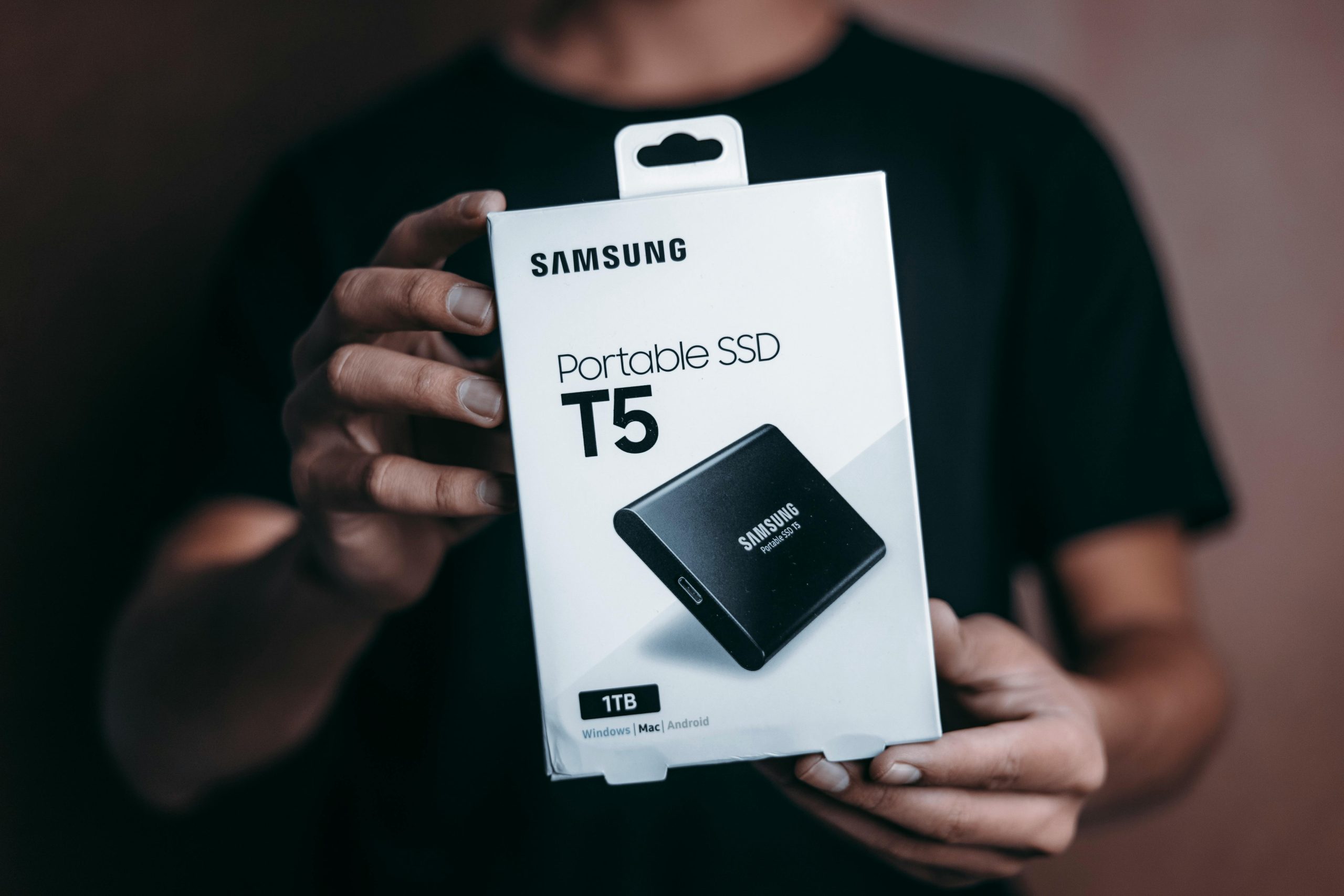Accessing a Mac-Formatted Hard Drive on a Windows Laptop: A Comprehensive Guide
If you’re faced with the challenge of retrieving data from a hard drive originally formatted on a Mac, and you’re now using a Windows PC, you’re not alone. Many users encounter this situation, especially when old drives need to be repurposed or their data needs to be accessed on a different operating system. This article provides a professional and straightforward guide to help you access your Mac-formatted drive using Windows.
Understanding the Format Compatibility
Mac-formatted drives often use the HFS+ or APFS file systems, which are not natively supported by Windows. This incompatibility is why your Windows system recognizes the drive (evidenced by the illuminated light) but cannot display its contents.
Recommended Solutions
- Utilize Third-Party Software
One of the most effective ways to access Mac-formatted drives on Windows is through specialized software. Several reputable tools are designed to read HFS+ and APFS partitions.
-
HFSExplorer: An open-source utility that allows Windows users to read Mac-formatted drives. If you’ve already tried HFSExplorer without success, ensure you are using the latest version and follow correct installation procedures.
-
Paragon HFS for Windows: A paid but reliable solution that provides seamless read/write access to HFS+ drives.
-
MacDrive: Another paid option offering comprehensive support for Mac file systems, including newer formats.
-
Borrow or Use a Mac System
If third-party software doesn’t meet your needs, accessing the drive via a Mac might be the simplest option.
-
Use a MacBook or Mac at your university or a friend’s house to connect the drive.
-
Transfer important files to a cloud service such as Google Drive, Dropbox, or iCloud for easier access on your Windows device.
-
Once data transfer is complete, consider reformatting the drive to a Windows-compatible format (exFAT or NTFS) to simplify future access.
-
Reformatting Your External Drive
Before reformatting, ensure you have backed up all necessary data. Reformatting will erase existing data on the drive.
-
Connect the drive to a Mac or a Windows computer with appropriate tools.
-
Use Disk Utility on Mac or Disk Management on Windows to reformat the drive into exFAT (recommended for cross-platform compatibility) or NTFS (if only used with Windows).
Important Tips
-
Always verify the drive’s health before attempting data recovery or reformatting.
-
When handling
Share this content:

